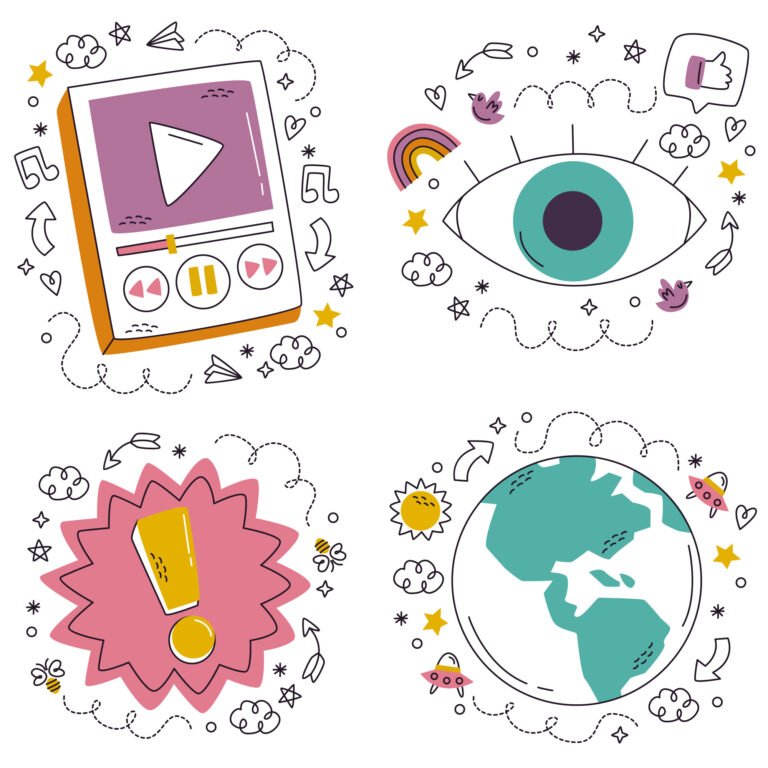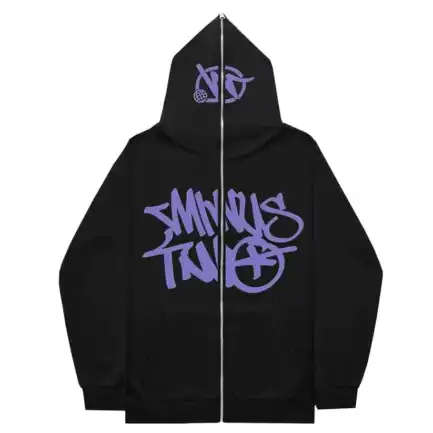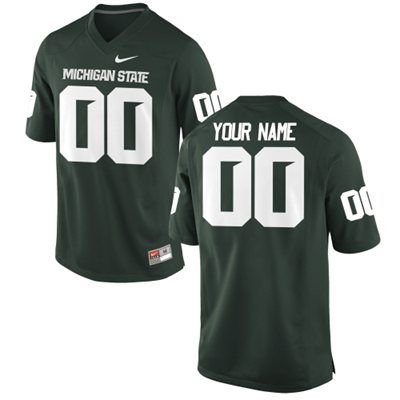What Psychological Factors Trigger the Wow Effect?
The wow effect refers to the strong emotional reaction people experience when something is unexpectedly impressive, exciting, or surprising. It’s that moment when someone is left amazed by an event, experience, or product, often because it exceeds expectations. In psychology and marketing, triggering the wow effect can significantly impact how people feel, think, and behave. But what exactly causes this reaction? Understanding the psychological factors that trigger the wow effect can help marketers, designers, entertainers, and even individuals craft more memorable and impactful experiences.
1. The Role of Surprise and Novelty
a. The Element of Surprise
One of the most powerful triggers of the wow effect meaning is surprise. Humans are wired to seek out and pay attention to the unexpected because it helps us learn and adapt. When something happens that we didn’t anticipate, our brain takes notice, which leads to heightened emotions. The surprise doesn’t have to be shocking—it can be subtle, as long as it breaks away from expectations.
For example, think about how people react when they receive a product in the mail and discover that it’s packaged beautifully, or when a restaurant dish arrives and is presented in an artistic way. These small surprises create a positive emotional jolt that results in the wow effect.
b. Novelty and Innovation
Closely related to surprise is the concept of novelty. Human brains are hardwired to respond to new things. Novelty triggers the release of dopamine, the “feel-good” neurotransmitter, which makes us excited and engaged. The more original and innovative something is, the more likely it will cause the wow effect.
Novelty can take many forms—unique product designs, fresh ideas, or innovative solutions to common problems. When people encounter something they haven’t seen before, their brains treat it as a special event, and this novelty is often what leads to a strong, positive reaction.
2. Expectation Violation and the Reward System
a. Managing and Exceeding Expectations
Expectations play a major role in how the wow effect is triggered. We all form expectations about what an experience will be like based on past experiences, social cues, and available information. When those expectations are met or exceeded, we tend to feel satisfied. But when they are greatly surpassed, that’s when the wow effect occurs.
For instance, when someone purchases a smartphone and discovers hidden features or experiences performance far beyond what they imagined, it leads to a moment of astonishment. When expectations are exceeded in a way that adds value, it activates the brain’s reward system, reinforcing positive feelings about the experience.
b. The Psychology of Expectation Violations
Interestingly, it’s not just about exceeding expectations, but also how expectations are violated in a positive way. Psychologists have long known that humans create mental models of how events will unfold, and when these are violated—either through a creative twist or unexpected performance—the wow effect is more likely to happen.
Positive expectation violations occur when someone anticipates an average or ordinary experience but gets something extraordinary instead. This gap between expectation and reality leads to cognitive dissonance, which the brain resolves by experiencing delight or amazement.
3. Emotional Engagement and Connection
a. Emotions as a Gateway to Memory
Emotional engagement is a key psychological factor that triggers the wow effect. When people feel emotionally connected to an experience, product, or event, they are more likely to experience that moment of awe. Emotions help encode memories more deeply in the brain, which means that an emotionally charged experience will be remembered longer and more vividly.
For example, think about the sense of wonder people feel when attending a concert where their favorite song is played live or when they read a book that resonates deeply with their personal experiences. The emotional connection people have to these moments is what drives the wow effect.
b. The Importance of Storytelling
Storytelling is one of the most effective ways to create emotional engagement and evoke the wow effect. Stories allow individuals to see themselves in the narrative, which can generate a powerful emotional connection. Whether it’s through movies, advertisements, or personal interactions, stories create meaning, evoke empathy, and lead to moments of realization and amazement.
This explains why brand storytelling, for example, is so effective in marketing. When brands share stories that resonate with their audience’s values, needs, or emotions, the likelihood of creating a wow effect increases.
4. Aesthetic Appeal and Sensory Stimulation
a. The Power of Aesthetics
The way something looks or feels can be a major factor in triggering the wow effect. Humans are naturally drawn to beauty, symmetry, and visually pleasing designs. Aesthetic appeal has a profound impact on our emotions, as it can create a sense of harmony and pleasure.
In design, whether it’s architecture, product packaging, or fashion, the wow effect is often sparked by an impressive aesthetic that catches the eye. People respond instinctively to well-designed, visually appealing items because they activate the brain’s pleasure centers. That’s why visually stunning artworks, cutting-edge product designs, and beautifully arranged environments are all capable of evoking the wow effect.
b. Sensory Overload or Delight
The wow effect can also be triggered through sensory stimulation, including taste, sound, texture, and smell. Multi-sensory experiences have a profound impact on how people perceive events or products. When multiple senses are engaged simultaneously, it enhances the overall experience, making it more immersive and memorable.
For instance, attending a high-end restaurant where not only the food tastes amazing but the ambiance, lighting, and music all align perfectly creates a heightened sensory experience. This convergence of sensory delights makes people more likely to experience that moment of awe—the wow effect.
5. Social Influence and Shared Experiences
a. The Power of Social Proof
Humans are social creatures, and we are highly influenced by the behaviors and opinions of others. When people witness others reacting with amazement or excitement, they are more likely to experience the wow effect themselves. Social proof plays a critical role in shaping how we perceive and respond to experiences.
For example, when people see crowds lining up for a new product release, or when something goes viral on social media, it generates a sense of excitement and curiosity. The shared collective experience of something novel or surprising amplifies the wow effect because it taps into our inherent desire to belong and participate in the excitement of the group.
b. Shared Emotional Experiences
In addition to social proof, shared emotional experiences can enhance the wow effect. Events like concerts, sporting events, and festivals where large groups of people come together to experience the same thing at the same time can create a powerful sense of unity and emotional resonance. This shared emotional journey can intensify feelings of awe and amazement because humans tend to feel emotions more strongly when they are experienced collectively.
6. Cognitive Load and Mental Effort
a. Reducing Cognitive Load
Another factor that can trigger the wow effect is the simplicity of an experience. Reducing cognitive load—meaning the amount of mental effort required to understand or use something—can make an experience feel effortless and therefore more impressive. When people encounter a product or service that is intuitively easy to use, it can create a sense of delight because it feels seamless.
Think about how modern tech companies like Apple design products with user-friendly interfaces. When users can navigate complex technology without difficulty, the low cognitive load makes the experience feel magical and contributes to the wow effect.
b. Providing Mental Challenges
On the flip side, presenting a mental challenge can also trigger the wow effect when people successfully overcome it. Engaging puzzles, intellectual challenges, or games that test mental prowess can leave individuals feeling accomplished, which leads to feelings of amazement. In this case, the mental effort put into the experience makes the final result more rewarding and impactful.
7. Personalization and Relevance
a. The Power of Personalization
Personalization is another key psychological factor in triggering the wow effect. When experiences, products, or services are tailored to an individual’s specific needs, desires, or preferences, it makes them feel special and valued. This personal relevance increases the likelihood of a positive emotional response.
For example, personalized recommendations on streaming platforms or personalized emails with offers tailored to past behaviors can create a sense of connection and amazement. When something feels uniquely designed for the individual, it enhances the emotional impact and leads to moments of delight.
b. Creating Meaningful Experiences
Meaningful experiences—those that align with a person’s values or sense of self—are more likely to generate the wow effect. When people encounter something that feels deeply relevant to their personal goals or identity, it resonates on a deeper level. Whether it’s art, media, or a product, when it feels meaningful, it tends to leave a lasting impression.
Conclusion
The wow effect is a powerful psychological reaction driven by several key factors, including surprise, emotional engagement, aesthetic appeal, social influence, and personalization. By understanding these triggers, it becomes easier to craft experiences that resonate on a deep emotional level, leaving individuals feeling amazed, delighted, and engaged. Whether in marketing, design, or everyday interactions, evoking the wow effect can lead to memorable and impactful moments that stay with people for a long time.
click Here to visit the website






